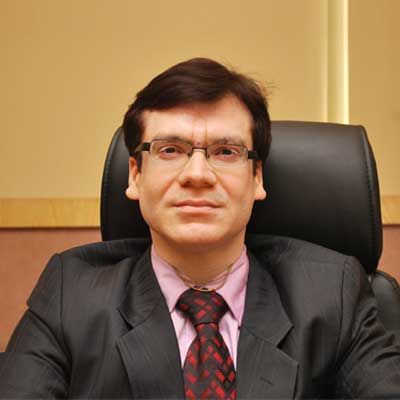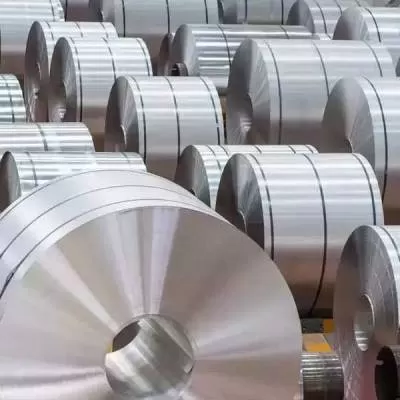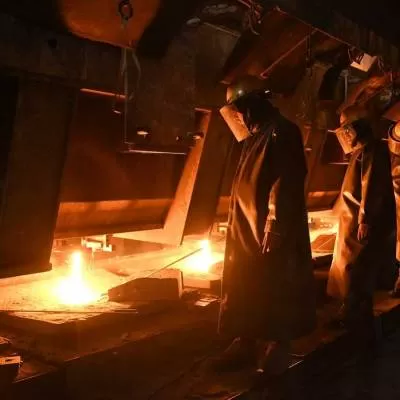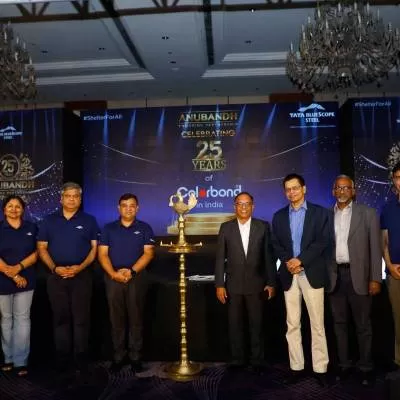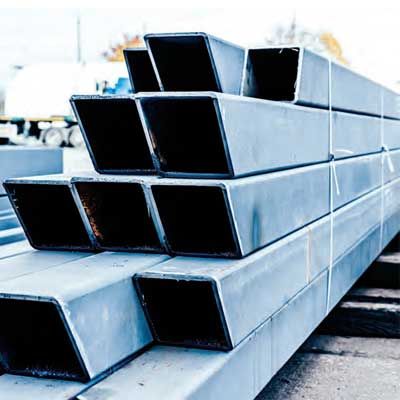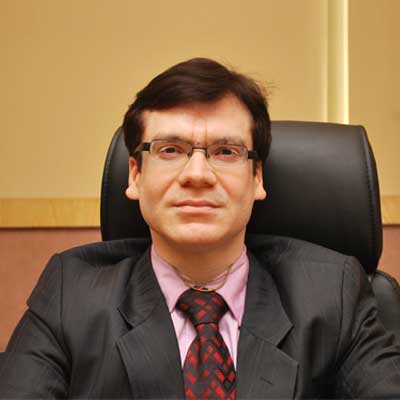
Shyam steel readies to reach 1 million tonne by April 2023
27 Sep 2022
9 Min Read
Editorial Team
Currently, Shyam Steel has an annual manufacturing capacity of 0.7 million tonne, which is ready to shoot up to 1 million tonne by April 2023. To achieve this objective, the company is currently investing aboutRs 10 billion in its integrated facility in Mejia, Durgapur, as a brownfield investment.Ad...
Read full article
Try CW Gold Subscription at 167/Month
CW Gold Benefits
- Weekly Industry Updates
- Industry Feature Stories
- Premium Newsletter Access
- Building Material Prices (weekly) + trends/analysis
- Best Stories from our sister publications - Indian Cement Review, Equipment India, Infrastructure Today
- Sector focused Research Reports
- Sector Wise Updates (infrastructure, cement, equipment & construction) + trend analysis
- Exclusive text & video interviews
- Digital Delivery
- Financial Data for publically listed companies + Analysis
- Preconceptual Projects in the pipeline PAN India


